Assisted reproduction
Since the first IVF baby was born in 1978, countless tests have been developed, both diagnostic and treatment. In this section you will find in detail the advances that have allowed the birth of millions of children in the world.

Techniques for obtaining spermatozoa
There are currently many different solutions when spermatozoa are not present in ejaculate. Access to a trained urologist increases chances of achieving spermatozoa in greater quantities and with improved quality. What is TESA (Testicular Sperm Aspiration)? This […]
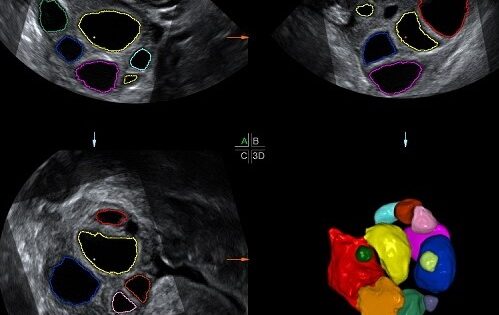
Ovarian cysts: What are they? Symptoms and treatment
One of the most common findings during a gynaecological check-up is the presence of ovarian cysts. This emergence of cysts is often unexpected and is generally a great cause for concern. Such concern is usually […]
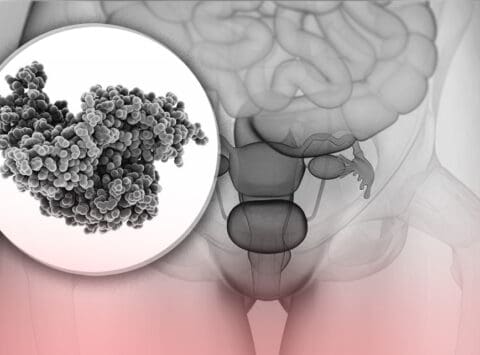
What is the FSH and what is its function?
Follicle-stimulating hormone (FSH) is essential to reproduction. It is produced by the pituitary gland situated just below the brain (behind the palate) and is released into the bloodstream. The hormone regulates the ovaries and is involved in the […]
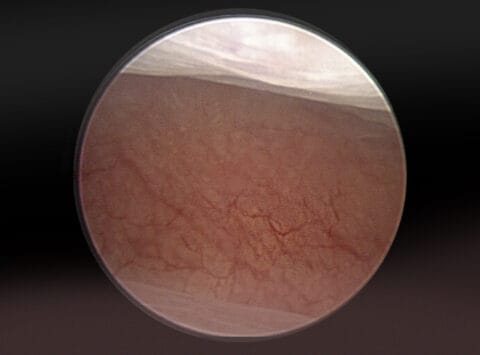
Diagnostic hysteroscopy and endometrial scratching
We consider an evaluation of the uterine cavity and a check to ensure normal structure in the tissue that lines it (the endometrium) to be a standard part of any implantation failure study. In order […]

The immune system and pregnancy
Numerous factors are involved in making the amazing miracle of pregnancy possible. Many of them are very well understood whilst others, such as the immune system and its role in embryo implantation, given their importance, […]
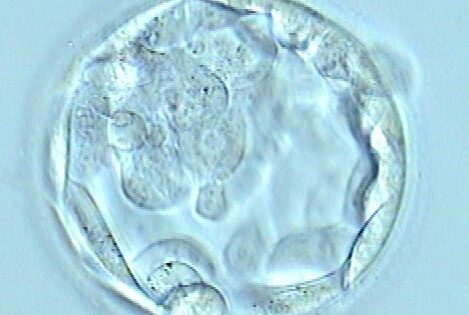
Embryo transfer on day 3 or day 5. The pros and cons.
Determining the ideal day for embryo transfer has always been a controversial issue and there are, even today, still a number of doubts surrounding this issue. Embryo culture is, basically, a selection process. Each embryo’s […]

Obesity and embryo implantation failure
It has long been known that patients who are overweight face increased reproduction and pregnancy loss issues. Issues achieving a successful pregnancy are even greater if, as well as being obese, the patient also has […]
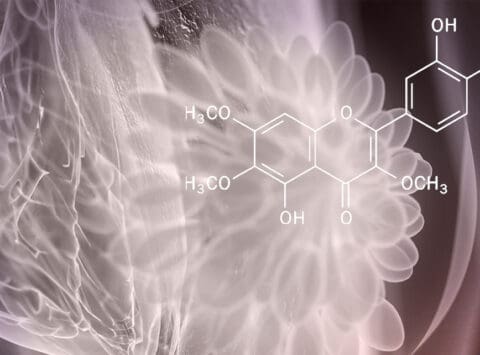
Hyperprolactinaemia: excess of prolactin and fertility
Prolactin is a hormone that is produced by the pituitary gland and although it also forms part of the stress hormone circuit, it plays a vital role in breast development during pregnancy and the production […]
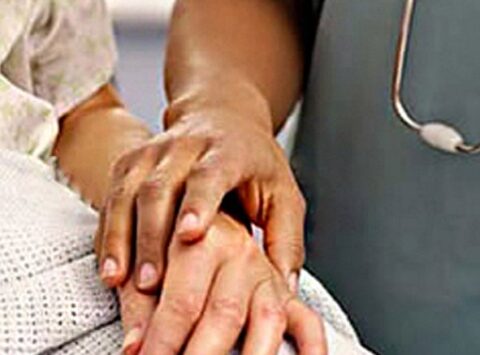
Recurrent pregnancy loss: an issue that does have a solution
Clearly one of the most difficult situations a couple trying for children may have to face is pregnancy loss. Suffering is even greater when, prior to this, the couple has gone through fertility treatment such […]

State of the art technology in preimplantation embryo diagnosis: Array-CGH
Preimplantation Genetic Diagnosis (PGD) is the study of chromosomal and genetic abnormalities in embryos before they are transferred to the mother’s uterus by an In Vitro Fertilisation (IVF) technique. It seeks to ensure healthy offspring […]
